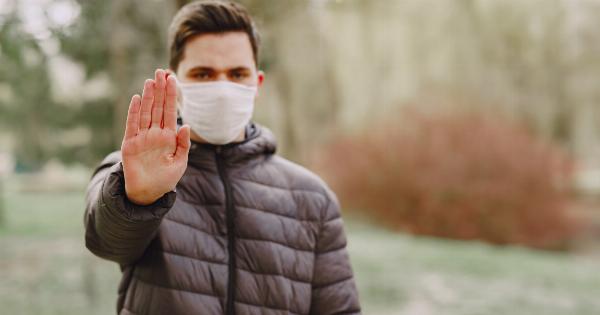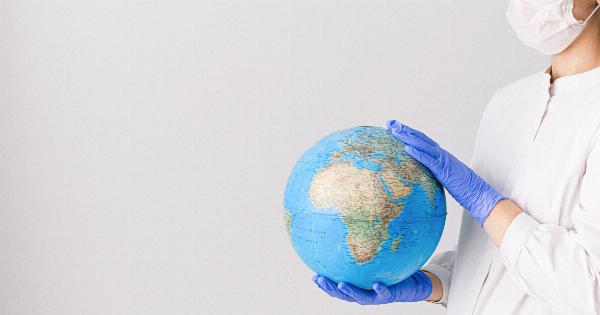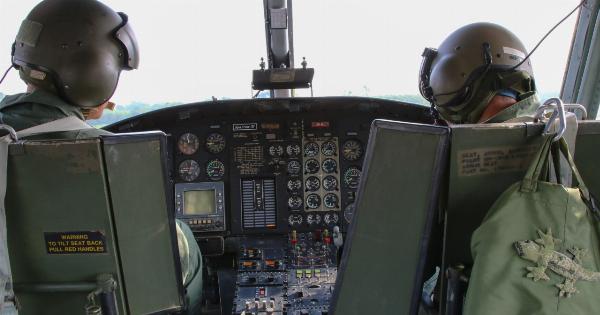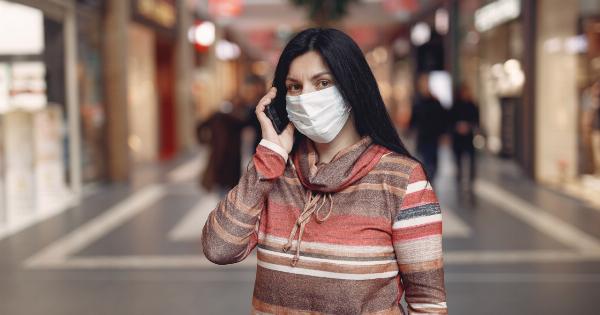Pneumonia is a common respiratory infection that affects the lungs. It can be caused by various pathogens, including bacteria, viruses, and fungi.
The transmission of pneumonia can occur through different routes, such as direct contact with an infected person, inhalation of respiratory droplets, and exposure to contaminated objects or surfaces. Understanding the different ways of transmitting pneumonia is crucial for prevention and control measures. This article explores the various modes of transmission of pneumonia and highlights important preventive measures.
1. Transmission through Respiratory Droplets
Pneumonia can be transmitted through respiratory droplets released when an infected individual coughs, sneezes, or talks. These droplets can contain the infectious agents responsible for pneumonia, such as bacteria, viruses, or fungi.
When a healthy person inhales these contaminated droplets, they may develop an infection in their respiratory system, leading to pneumonia. This mode of transmission is particularly common in crowded places, such as schools, offices, and public transportation.
2. Direct Contact with an Infected Person
Pneumonia can also be transmitted through direct contact with an infected person. This can occur when someone touches the respiratory secretions of an infected individual and then touches their own mouth, nose, or eyes.
Direct contact transmission is more likely to occur in settings where close contact is common, such as households, hospitals, and nursing homes. In these environments, proper hygiene practices, such as handwashing and using personal protective equipment, are essential to prevent transmission.
3. Inhalation of Contaminated Air
Another way pneumonia can be transmitted is through the inhalation of contaminated air.
This can happen when an infected individual exhales respiratory droplets that remain suspended in the air or when the pathogens become aerosolized in certain conditions. Examples of situations where inhalation transmission may occur include close proximity to an infected person in enclosed spaces without proper ventilation, such as elevators or small rooms.
In these cases, wearing a mask and ensuring adequate ventilation is vital for reducing the risk of transmission.
4. Contaminated Objects or Surfaces
Pneumonia-causing pathogens can survive on surfaces for varying periods. Transmission can occur when a person touches a contaminated object or surface and then touches their face, allowing the pathogens to enter their respiratory system.
Common objects or surfaces where transmission may occur include doorknobs, elevator buttons, shared utensils, and countertops. Regular cleaning and disinfection of frequently touched surfaces can significantly reduce the risk of transmission.
5. Healthcare-Associated Transmission
Healthcare settings present unique challenges in preventing pneumonia transmission. Patients in hospitals or long-term care facilities are often susceptible to infections, including pneumonia.
In these settings, pneumonia can be transmitted through healthcare personnel, contaminated medical equipment, or exposure to other infected patients. Strict adherence to infection control practices, including hand hygiene, proper disinfection of equipment, and isolation protocols, is crucial to minimize healthcare-associated pneumonia transmission.
6. Transmission from Mother to Child
Pneumonia can also be transmitted from an infected mother to her child during childbirth or later through direct contact or close proximity.
Certain pathogens, such as Group B Streptococcus, can be transmitted from the mother to the newborn, leading to pneumonia. Prevention measures, such as proper prenatal care, screening for infections, and administration of prophylactic antibiotics during labor, can help reduce the risk of transmission from mother to child.
7. Community-Based Transmission
Pneumonia can be transmitted within communities through various modes. This can include transmission among family members, friends, or individuals in close contact with each other, such as in schools or workplaces.
Factors like overcrowding, poor ventilation, and lack of adherence to preventive measures can contribute to community-based transmission. Encouraging vaccination, promoting good respiratory hygiene, and maintaining clean living environments are crucial for reducing the spread of pneumonia within communities.
8. Travel-Related Transmission
Travel-related transmission of pneumonia occurs when an individual acquires the infection while traveling to regions with a higher prevalence of pneumonia-causing pathogens.
This can result from close contact with infected individuals during travel or exposure to contaminated environments. Proper precautions, such as receiving relevant vaccinations and practicing good respiratory hygiene while traveling, are essential for reducing the risk of transmission.
9. Transmission among Animals
Although rare, some pathogens that cause pneumonia in animals can potentially infect humans. These zoonotic infections can occur through direct contact with infected animals, inhaling respiratory secretions, or exposure to contaminated environments.
Examples include psittacosis transmitted from birds and Q fever transmitted from farm animals. Maintaining good hygiene practices and avoiding contact with potentially infected animals are important preventive measures in such cases.
10. Prevention and Control Measures
Prevention and control of pneumonia transmission are crucial for reducing the burden of the disease. Key preventive measures include:.


























